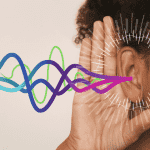Hearing Aid Styles
Styles of Hearing Aids
There are many options when it comes to choosing the correct Hearing Aid for you and your lifestyle.
With the help of our Professionals, We will help you choose which style will satisfy your needs!
Which style is best for you?
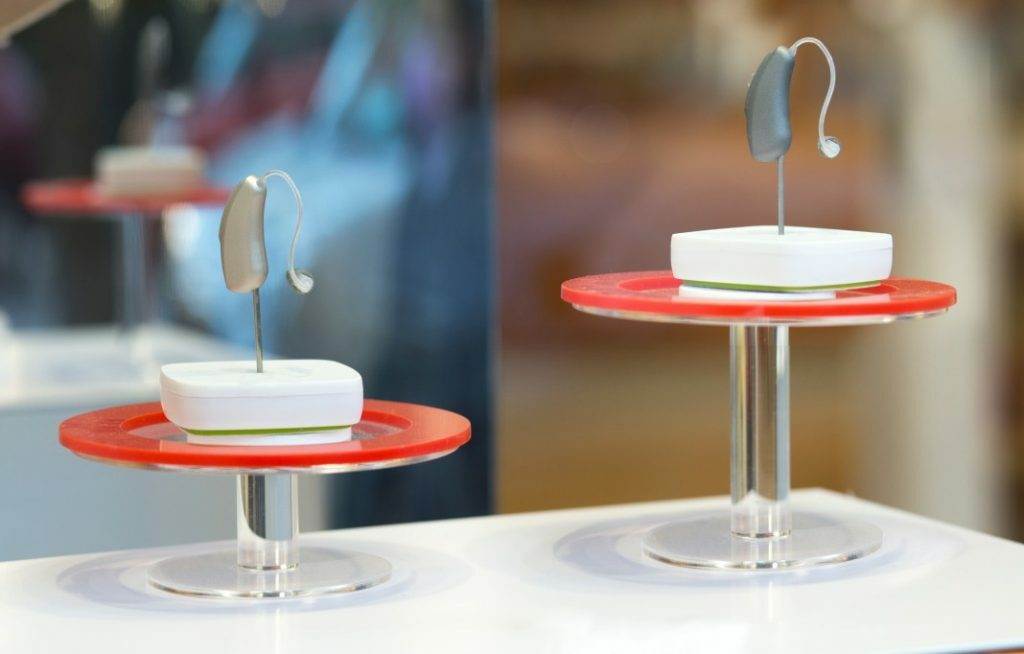
In The Ear Style Hearing Aids
In the ear type hearing devices are custom made based on the impression made for the ear. ITE hearing aids are available in a variety of skin tones to blend in with the outer ear. There are different styles of ITE hearing aids listed from the smallest to the largest.
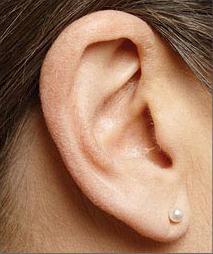
IIC- Invisible In-the-Canal
The Invisible In-The-Canal (IIC) hearing devices are the smallest custom hearing devices available. IIC devices sit deep in the ear canal in order to accomplish the “invisible look”. To achieve this, a deep impression of the ear is required. IIC devices are designed to help with mild to moderately-severe hearing loss.
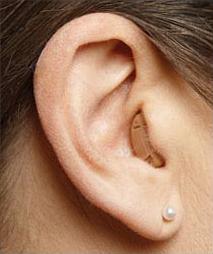
CIC- Completely-In the-Canal
Completely-In the-Canal (CIC) hearing devices are slightly bigger than the IIC devices. CIC hearing devices sit deeply in the ear canal, but not too deep. CICs are still cosmetically appealing since it can look nearly invisible. CIC hearing aids are suitable for mild to moderately-severe hearing losses.
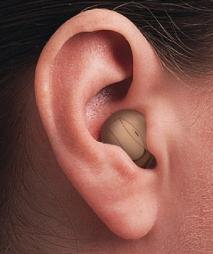
Half Shell
Half Shell (HS) hearing devices fill up the lower half of the outer portion of the ear. HS hearing aids are easy to handle and are comfortable to wear. It has room to allow features such as Bluetooth, directional microphones and a push button. HS hearing devices are available in custom and rechargeable options and are suitable for mild to severe hearing loss.
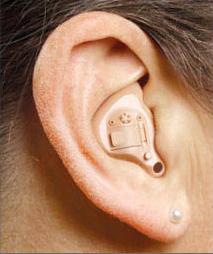
ITE- In-The-Ear
In-The-Ear (ITE) or Full shell hearing devices fill up the whole outer portion of the ear. ITE hearing aids are much easier to handle and allow additional features in the hearing aids such as directional microphones, a push button, and/or a volume control wheel. ITE hearing aids utilizes a much larger battery for longer battery life. Rechargeable options are available as well. ITE hearing devices are recommended for mild to severe hearing loss.
Behind the Ear Style Hearing Aids
Behind the Ear models sit behind the outer ear. Behind the ear styles are available in a variety of colors to blend with skin tones or hair. Fun colors such as pink are available to better suit personal styles. There are different kinds of BTEs available that come with a variety of features, degrees of power, different types of controls and more!
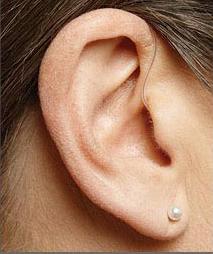
Receiver-In-The-Ear (RITE) or Receiver-In the-Canal (RIC)
Receiver-In-The-Ear (RITE) or Receiver-In-the-Canal (RIC) hearing devices look like small behind the ear hearing devices. The microphone sits on the body of the outer portion of the main instrument, and the tiny speaker sits in the ear canal. RITE or RIC hearing devices are considered the most cosmetically appearing hearing aids as they tend to be the most invisible type of hearing devices available. RITE/ RIC hearing devices are also the most comfortable type hearing aids as well. RITE/RIC hearing aids can hold many features including BlueTooth and directional microphones. RITE/RIC hearing aids are available with standard and rechargeable batteries. RITE/RIC instruments fit mild to severe hearing losses.
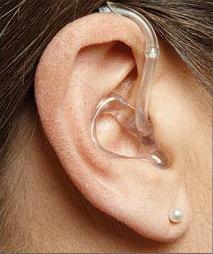
Behind-The-Ear (BTE) coupled with earmold
Behind-The-Ear (BTE) hearing devices coupled with earmolds can appear to be slightly bigger than RITE/RIC hearing devices. However, they’re easy to handle, and can provide stronger power in amplification. BTE hearing devices can provide features such as a push button for volume control, as well as directional microphones and BlueTooth. They’re available with standard and rechargeable batteries. BTE hearing aids are recommended for mild to profound hearing loss.
Photo courtesy of Oticon
Different Levels of Digital Hearing Aid Technology
Basic and Standard Level:
- Ideal for those with a more quiet lifestyle
- Ideal for quiet environments
- May need to manually adjust hearing aids for certain listening situations
- Limited adjustments and fine tuning
- Less customizable to patient’s hearing loss
- Least number of channels
- Speech clarity works well the most in quiet and semi-noisy environments
Advanced Level:
- Ideal for those with semi-active lifestyle
- Ideal for active listening situations
- Hearing aid is more automatic
- Manually adjusting the hearing aids may not be required but may help in some listening environments
- More flexibility with adjustments and fine tuning
- More customizable and automatic
- More channels available to customize hearing aids to patient’s hearing loss
- Delivers better speech clarity in most noisy listening situations
Basic and Standard Level:
- Ideal for those with the most active lifestyle
- Ideal for those who need to hear well in just about every listening situation
- Hearing aid has the best automatic feature
- Hearing aid adjusts automatically, little to no manual adjustments needed
- Ample of flexibility with adjustments and fine tuning
- Highly customizable and automatic
- Has the most channels available to better customize hearing aids to hearing loss
- May deliver the best possible hearing and speech clarity in even complex sound situations
To see all the styles of Hearing Aids
Reach out to us to see what we're currently carrying
To see all the styles of Hearing Aids
Reach out to us to see what we’re currently carrying


